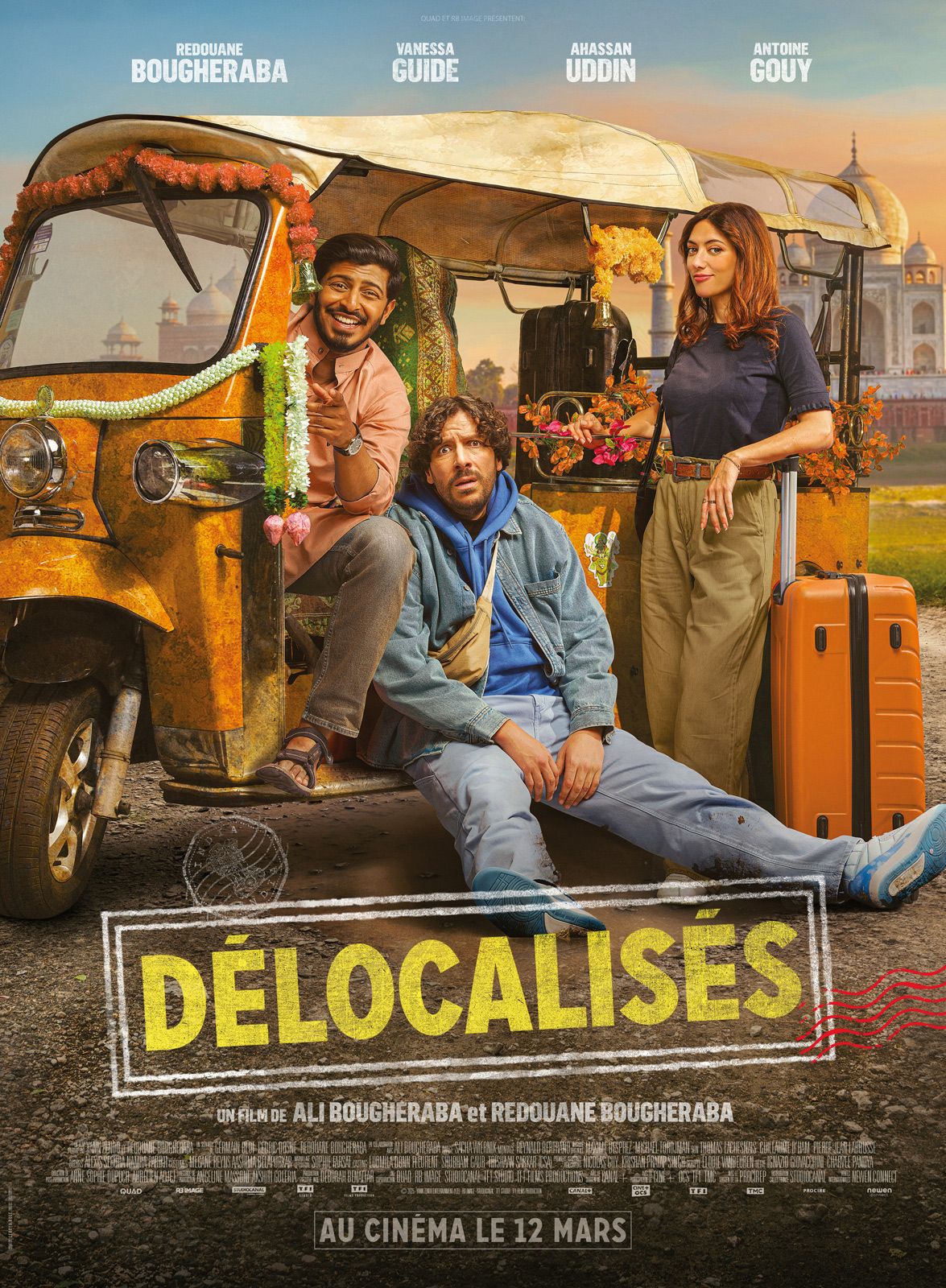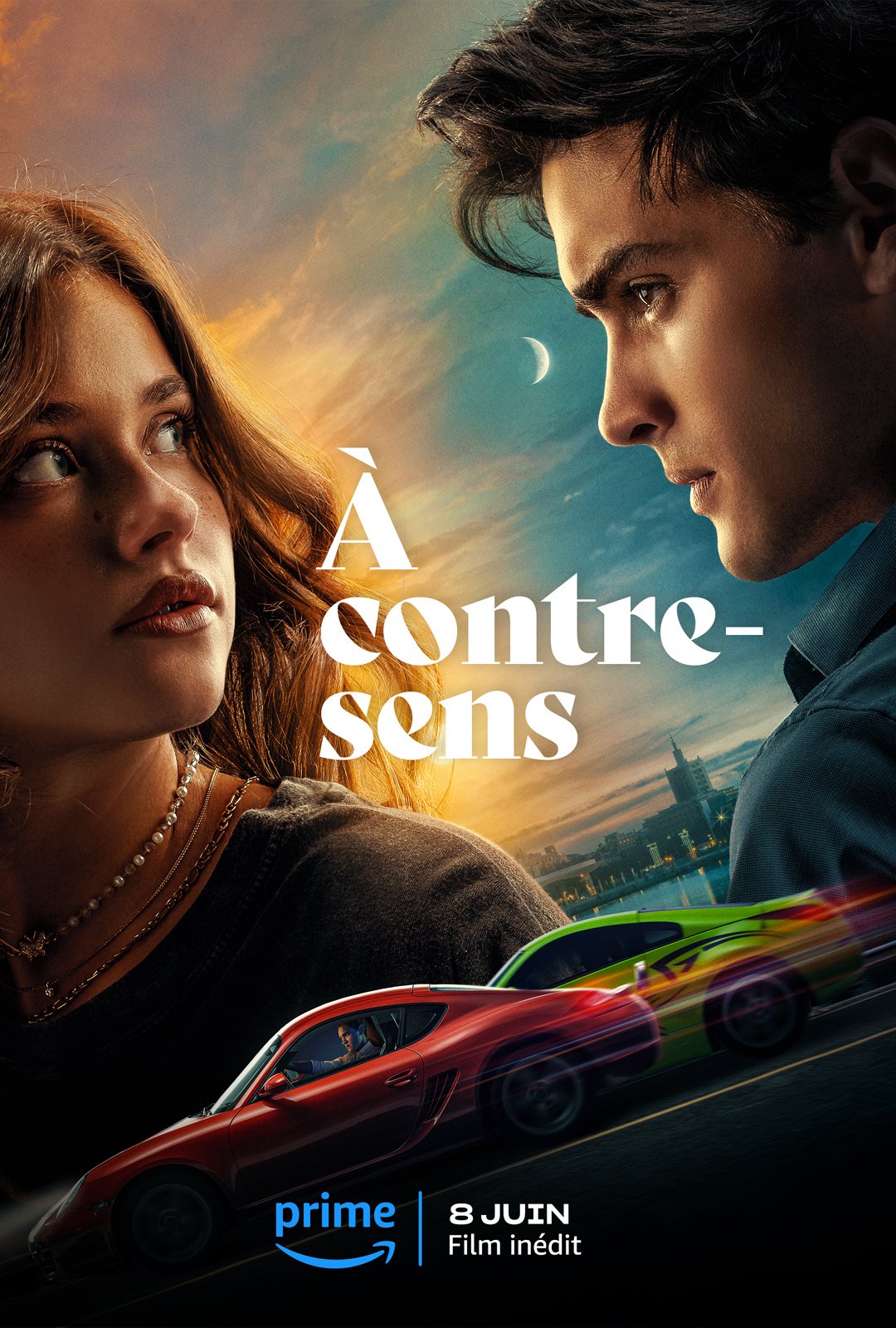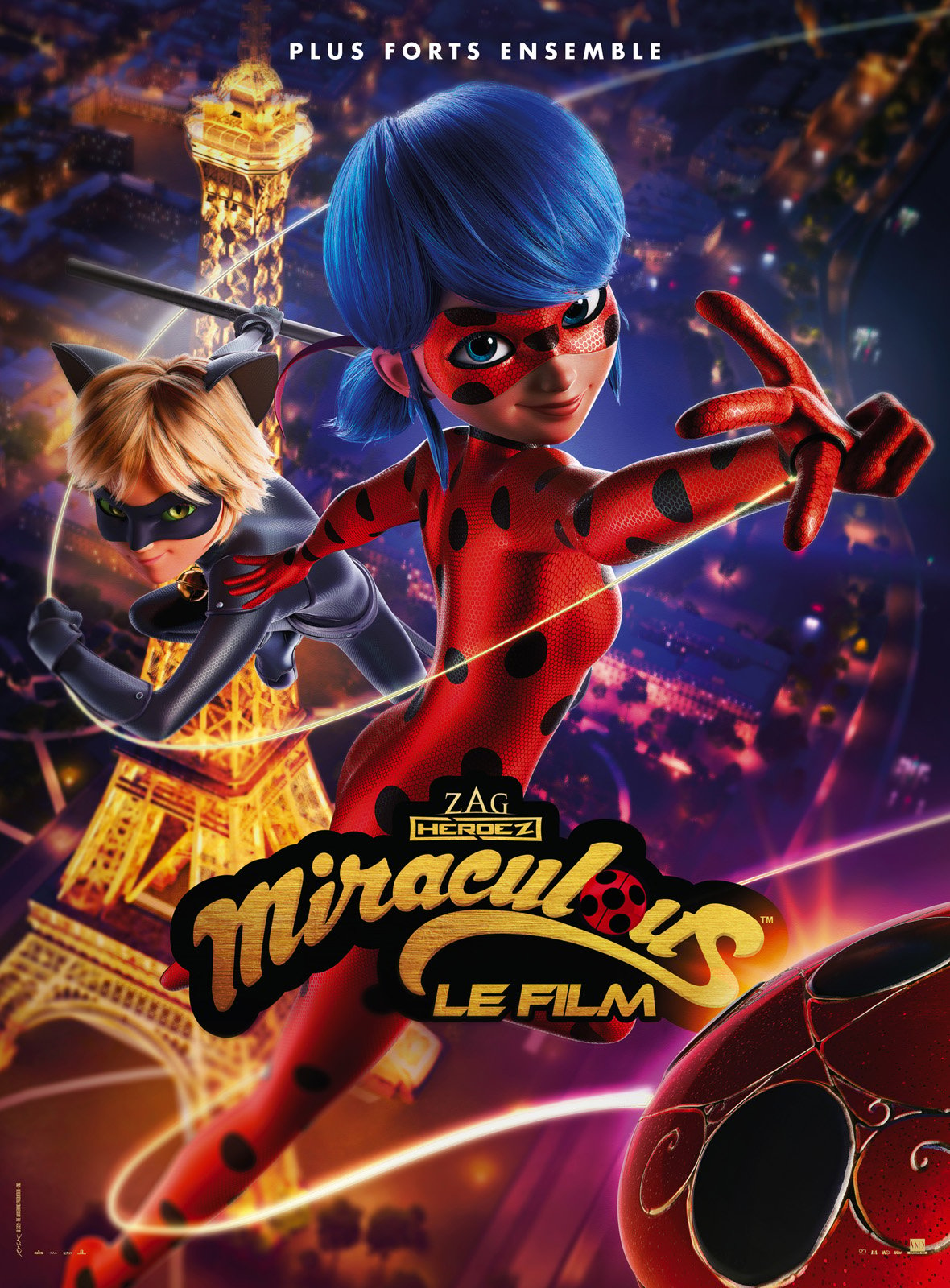Film Et Cast - Capturing Stories On Celluloid
Table of Contents
- The Magic of Motion Pictures
- How Do You Choose the Right Film for Your Vision?
- Showcasing What is Possible with Film et Cast
- What Made Flexible Film a Game Changer for Film et Cast?
- Getting Your Movie Made with Film et Cast
- What Tools Help Filmmakers with Film et Cast Decisions?
- Types of Film for Different Looks and Film et Cast
- Recognizing Excellence in Film et Cast
For those who love stories told on the big screen, there's a special kind of feeling that comes from watching a movie shot on film. It's a connection to a way of making pictures that feels real and truly alive. This method gives storytellers the means to show the world just as they imagine it, with every little detail and feeling preserved. So, it's almost like stepping into someone else's dream, seeing things through their eyes.
The journey of bringing a story to life with motion picture film is quite interesting, involving a careful selection of materials and a deep understanding of how light and shadow work together. It's about finding the right tools and knowing how to use them to create something memorable. This process, in some respects, allows for a unique kind of artistic expression that digital formats sometimes just can't quite match.
From the very first moment a concept forms in a creator's mind to the final image projected for an audience, the choice of film and the people involved in its creation play a truly big part. It shapes the feel, the look, and the overall impact of the story being shared. That, is that, why many still prefer this classic method for their most cherished projects.
The Magic of Motion Pictures
There's a particular kind of charm that comes with motion picture film. It offers resources that help people who make films capture the world as only they truly see it. This means they can bring their unique perspective to life on screen, making the audience feel something special. You know, it's like painting with light and shadow, but with movement.
The materials themselves are a big part of this creative process. From the moment light hits the film, something almost magical begins. It's a way of holding onto moments, preserving them with a certain depth and texture that feels quite genuine. Basically, the tools are there to support the artist's eye.
These resources provide a foundation for visual storytelling, letting filmmakers explore different ways to express themselves. Whether it's a grand landscape or a quiet, personal moment, the film works to hold onto those feelings. It's about giving creators the freedom to truly build their visual stories.
How Do You Choose the Right Film for Your Vision?
Picking the right film stock for your project is a really important step, kind of like choosing the right paint for a painting. You see, there are price catalogs and information available that tell you how to order film, which is helpful. These resources help filmmakers understand the options out there.
It's not just about getting any film; it's about selecting the one that fits the shooting conditions you'll be working in. Different films react to light in different ways, offering varied looks and feels. For example, some might be better for bright, sunny days, while others shine in lower light situations. So, it's quite a thoughtful process.
Understanding the characteristics of each film type helps ensure that the visual outcome matches the director's initial idea. This choice influences the colors, the contrast, and the overall mood of the final picture. You might say, it's a fundamental decision in the creative process of any film et cast project.
Finding the Perfect Film for Your Film et Cast Project
When you're trying to find the perfect film, you have to think about what you want your audience to experience. The way a film captures light can make a scene feel warm and inviting, or cool and distant. There are specific guides that help you choose the right film for your shooting conditions, which is pretty useful.
These guides often explain how different film stocks perform under various lighting situations, whether it's bright daylight, soft indoor light, or even nighttime scenes. Knowing this helps a filmmaker make a truly informed decision. It's about matching the film's qualities to the emotional tone of the story, you know?
The availability of various film types means there's a lot of flexibility for creators. They can pick something that truly brings out the unique atmosphere they're aiming for in their film et cast. This careful selection is a big part of achieving the desired visual style.
Showcasing What is Possible with Film et Cast
It's always inspiring to see what others have created using film. There are showcases of productions made with certain film products, which really give you an idea of the possibilities. These examples often highlight the unique qualities that film brings to a story.
These showcases are like a gallery of visual stories, each one demonstrating how different film stocks contribute to the overall look and feel. They prove that film is still a powerful tool for expression, even in a world that's often focused on newer technologies. You can see the rich textures and colors that film provides.
Looking at these finished works can spark new ideas for filmmakers. It shows them how others have used the medium to achieve their artistic goals, which is pretty neat. It's a way of sharing knowledge and inspiring the next wave of creative film et cast projects.
What Made Flexible Film a Game Changer for Film et Cast?
The introduction of the first commercial transparent roll film was a very big deal. It was perfected by Eastman and his research chemist, and then put on the market, changing things quite a bit. This invention was a truly significant moment in the history of moving pictures.
Before this, filmmaking was a much more rigid process, often involving heavy glass plates. The availability of this flexible film made possible the development of Thomas's moving picture camera, which was a huge leap forward. It meant cameras could be smaller, more portable, and easier to use.
This flexible material opened up so many new creative avenues for storytellers. It allowed for longer takes, more dynamic camera movements, and eventually, the full-length feature films we know today. It was, in some respects, the beginning of modern cinema as we understand it, deeply impacting film et cast possibilities.
Getting Your Movie Made with Film et Cast
Making a movie involves a lot of different elements, from setting up the camera to thinking about how far it is from the subject. Composition, or how things are arranged in the frame, is also a very important consideration. And, of course, lighting plays a huge part in setting the mood and revealing details.
There are common problems that can pop up during filming, and knowing how to handle them is key. Things like proper storage of film are also crucial to keep it in good condition. All these practical aspects need attention to make sure the final picture looks its best.
Understanding these technical points helps filmmakers avoid headaches and focus on the creative side of things. It's about mastering the tools so they can truly tell their story without unnecessary distractions. This attention to detail is a hallmark of good film et cast work.
Handling the Practical Side of Film et Cast Production
Beyond the artistic vision, there's a lot of practical knowledge that goes into making a film. Knowing about camera to subject distance helps control perspective and focus, which is pretty important. It changes how close or far away things seem to the audience.
Then there's composition, which is basically arranging elements within the shot to create a pleasing or impactful image. Good lighting can completely transform a scene, making it feel bright and hopeful, or dark and mysterious. These are fundamental skills for any film et cast crew.
Even seemingly small things like how you store your film can affect the quality of the final product. Protecting it from heat, humidity, or light is vital to prevent damage. All these practical steps contribute to the overall success of the movie.
What Tools Help Filmmakers with Film et Cast Decisions?
For those who love the classic feel of film, there are tools that make the process a bit easier. You can capture memories with a reusable 35mm film camera, for instance, which is a fun way to experience the medium. These cameras are often simple to use, offering a direct approach to picture-taking.
A camera like the M35, for example, has a fixed focus lens, meaning you don't have to adjust it, which is convenient. It also features manual film winding and rewinding, giving you a very hands-on feel. Plus, there's a switch to turn the flash on or off, which is pretty straightforward.
Beyond the cameras themselves, there are digital helpers too. The Kodak Cinema Tools app, for example, provides essential filmmaking tools for those who use celluloid film in their projects. This app features a film calculator and a depth of field calculator, which are really helpful for planning shots. It's almost like having a little assistant in your pocket for film et cast planning.
Modern Aids for Film et Cast Creators
Even though film is a traditional medium, there are modern aids that support its use. The app provides a film calculator, which helps determine how much film you'll need for a certain amount of shooting time. This can be very useful for budgeting and planning.
The depth of field calculator is another handy feature. It helps filmmakers understand how much of their scene will be in sharp focus, which is crucial for creative control. This kind of tool helps ensure that the visual storytelling is precise and intentional. So, these digital aids really bridge the gap between classic methods and modern convenience for film et cast work.
Types of Film for Different Looks and Film et Cast
There's a wide variety of film types, each offering a distinct look and feel. Certain print films, for instance, bring the filmmaker's art to the big screen with amazing fidelity, meaning the colors and details are very true to life. This is why many prefer film for a truly rich visual experience.
Then there are specific stocks like Vision3 50D color negative film. This type of film is often chosen by filmmakers who truly aspire to capture the world as only they see it, offering a unique color palette and subtle tones. It's about giving them the tools to express their personal style.
Another option is Ektachrome 100D color reversal film, which produces a different kind of image, often with vibrant colors and sharp details. These films are essentially flexible, usually transparent supports on which photographic emulsions are coated, and that coating is what captures the light. Many productions, like "Origin," were shot using these types of film stocks, such as Vision3 250D color negative film and Vision3 500T color negative film, often in 16mm. The 250D was, in some respects, the one used most often.
The Palette of Film et Cast Stocks
The choice of film stock is a bit like choosing a specific set of colors for a painting. Each type, whether it's a color negative or a reversal film, has its own characteristics. For example, some films are known for their ability to handle bright highlights and deep shadows really well.
Others might be favored for their fine grain structure, which gives a very smooth and detailed image. The different film stocks offer a wide range of looks, allowing filmmakers to achieve everything from a gritty, realistic feel to a soft, dreamy aesthetic. It's a very personal choice for the film et cast crew.
The fact that a production like "Origin" relied heavily on specific film stocks shows how much the material choice influences the final artistic output. It's not just a technical decision; it's a creative one that shapes the entire visual identity of the movie.
Recognizing Excellence in Film et Cast
It's always wonderful to see film-shot productions receive top honors. At the 97th Oscars, for example, several productions shot on film received awards, including "Anora," "The Brutalist," "I'm Still Here," and "I'm Not a Robot." This recognition shows that film continues to be a valued medium in the industry.
Many talented cinematographers have a consistent track record of shooting on film. One director of photography, for instance, has an impressive history of using film, with credits that include "I, Daniel Blake" (2016) and "I Am Not a Serial." This dedication to the medium speaks volumes about its enduring appeal.
The continued success of film at major awards events really highlights its artistic merit and its ability to help storytellers create truly impactful work. It proves that for many, the unique qualities of film are still unmatched. It's a testament to the enduring appeal of film et cast.
The world of motion picture film is rich with history, artistic possibility, and practical considerations. From the initial spark of an idea to the final image on screen, the choices made regarding film stock and the people involved shape the entire creative process. Tools, both classic and modern, help filmmakers bring their unique visions to life. The continued recognition of film-shot productions at major awards shows underscores its lasting value and distinct contribution to the art of storytelling. It's a medium that truly allows creators to capture the world as only they see it, making each film a personal and engaging experience for the audience.

News du film Délocalisés - AlloCiné

À contre-sens - Film 2023 - AlloCiné

Affiche du film Miraculous - le film - Photo 4 sur 29 - AlloCiné